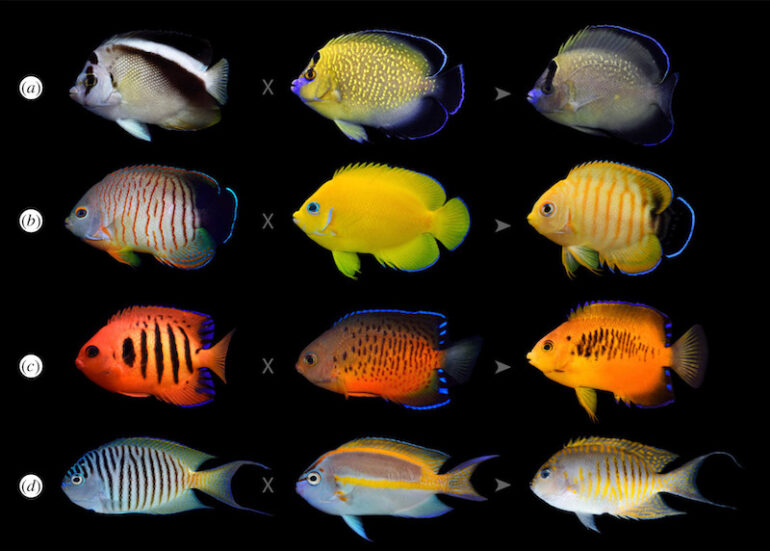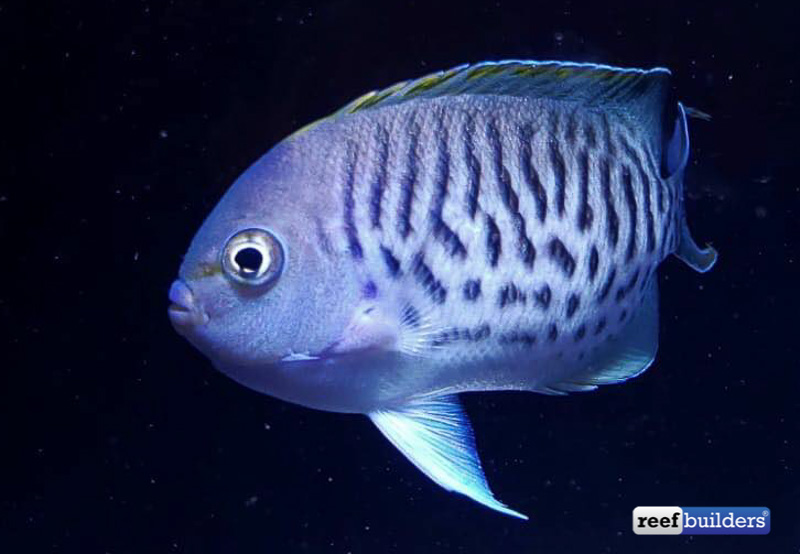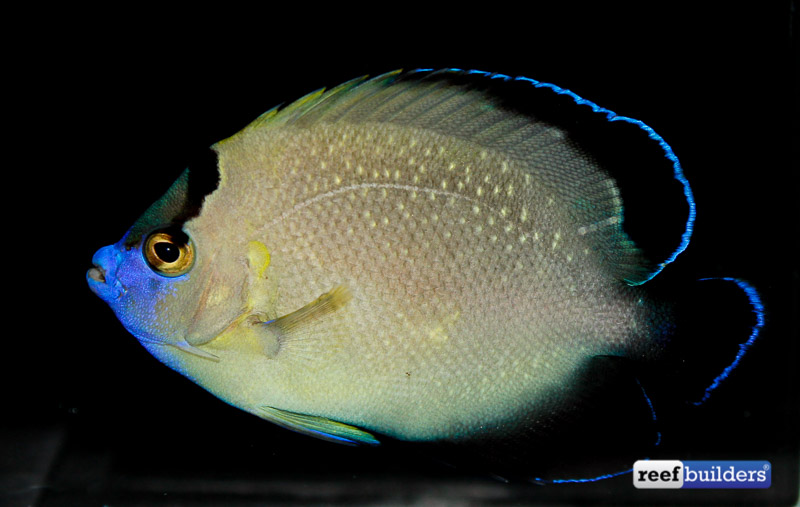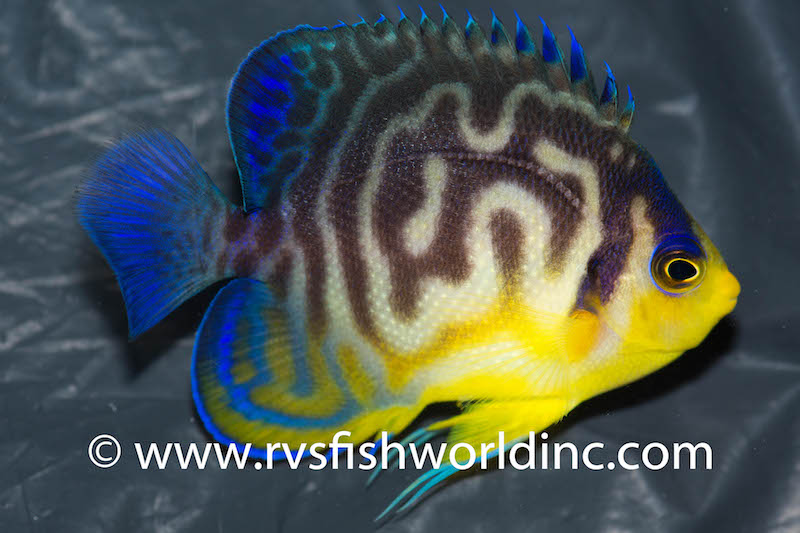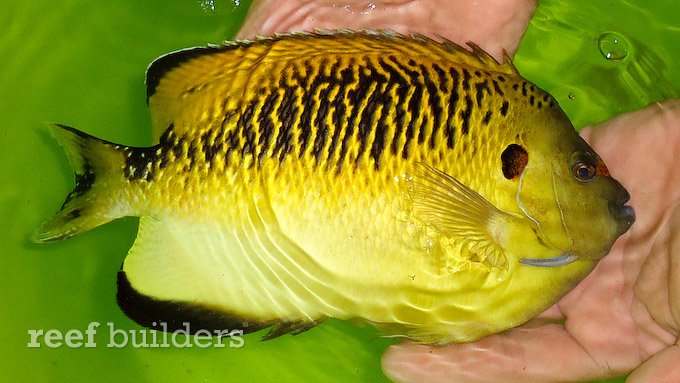Angelfish hybrids and the numerous ways that the Pomacanthids can remix their genetics have been one of our favorite writing topics on Reef Builders for over a decade. For much of that time our rare fish editor Tea Yi Kai contributed his fair share to the endeavour of documenting and trying to understand the hybrid crosses of tropical angelfish, but now he’s elevated the discourse with a scientific paper taking a specific look at this topic.
The paper titled “Angels in Disguise” takes a deep look at the occurrences of hybridization in marine angelfishes and makes a comprehensive survey of the known instances of hybridization between both closely and distantly related species. Almost half of known angelfish species have been documented to hybridize with each other for a total of at least 42 species so far known to hybridize with conspecifics.
Besides the survey and analysis of obvious visually intermediate hybrids known from photographs, in the aquarium hobby, and from historical documentation, genetic analysis was performed on two well divergent species of Paracentropyge. The multibar and purple masked angelfish, along with the peppermint angelfish are the three known species in this genus, and the first two are known to create very striking and highly sought after hybrids, albeit very rarely.
This trio of high bodied, deeper living marine angelfish are ideal for this investigation because they are considered to be significantly divergent, and the holy peppermint angelfish is far removed both geographically and temporally. The molecular analysis of samples from the ‘putative’ hybrid multibar x venusta showed clear peaks of genetic markers from both parents, supporting the distinct intermediate color and pattern of the hybrid.
This paper spotlights the genetic fingerprint of angelfish hybridization in our favorite group of wild reef and aquarium angelfish and is one of the very few to actually confirm the hybrid pedigree using modern molecular tools, not just intermediate color patterns. The reason this study turned out pretty clear is that the multibar and venusta angelfish diverged millions of years ago, while many of the Centropyge pygmy angelfish are much more recent in their divergence, leading to much more similar nuclear and mitochondrial DNA making it much harder to resolve their parentage.
There are however limits to how distantly related marine angelfish species could successfully hybridize, and other studies suggest that “hybridization does not occur between species with mitochondrial divergences in excess of 10%”. This would explain why we haven’t (yet) seen cross-generic hybrids between swallowtail and pygmy angelfish, and why we’ve never seen the Pygoplites regal angelfish hybridize with anything else, since there’s only one species in the genus anyway.
This is a very exciting paper from our veteran rare fish editor Tea Yi Kai and we are excited to see where this line of investigation leads him and other researchers in the future. [Royal Society]


